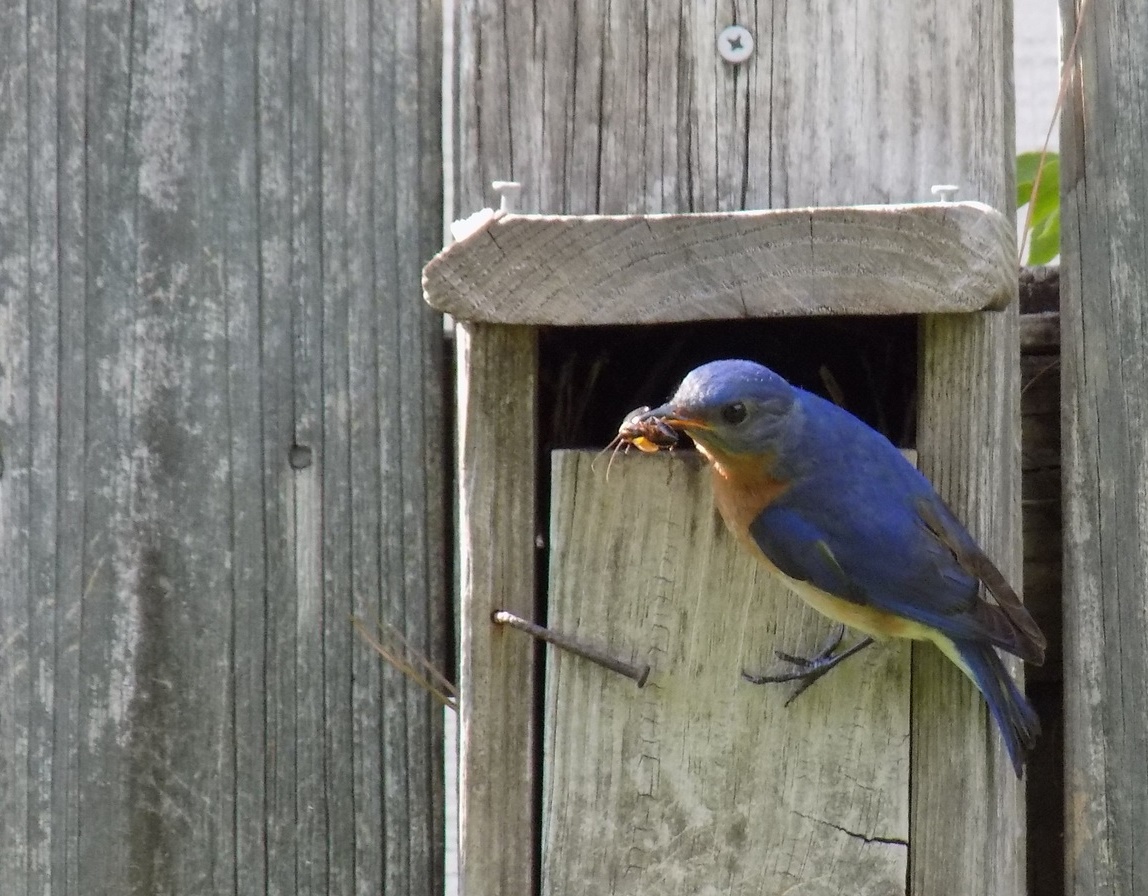
This week for Flora and Fauna Friday you’ll be getting a quick overview of an interesting family of songbirds. Diverse in shape, color, habitat, residency, diet, and rarity, this week we’re talking about the Thrushes, family Turdidae.
All of our Thrush are plump, medium to large sized songbirds. They all have big eyes, strong legs, a bill that is moderate in both length and heft, and an undulating, whistled, sing-song voice. All species primarily eat insects but will eat fruits in the winter months. There are 8 species of Thrush that can be seen in SC, including here on Edisto. Only 4 of those species are here for any significant length of time. The others just make pit stops in the state on their way to their breeding grounds in Canada.
The eight species of Thrush you can find in SC are: Eastern Bluebird (Sialia sialis), American Robin (Turdus migratorius), Wood Thrush (Hylocichla mustelina), Hermit Thrush (Catharus guttatus), Swainson’s Thrush (Catharus ustulatus), Veery (Catharus fuscescens), Gray-cheeked Thrush (Catharus minimus), and Bicknell’s Thrush (Catharus Bicknelli). Only the Bluebird, Robin, Wood Thrush, and Hermit Thrush are residents in SC. The Swainson’s Thrush, Veery, Gray-cheeked Thrush, and Bicknell’s Thrush can only be found in SC during their Spring or Fall migrations through the state.
I have short descriptions of each species attached to the photos below. The American Robin and Eastern Bluebird will get their own post eventually, so I won’t be going into much detail for any one species. I also don’t have a photo of a Bicknell’s Thrush, so I’ll append that description to the Gray-cheeked Thrush’s.
The Eastern Bluebird is a permanent resident of the state. They live in open fields, scrublands, lawns, and along forest edges where they nest in cavities and eat insects. Bluebirds are our smallest Thrush and easy to recognize by their blue plumage. Males are a brilliant blue and females a washed out blue to gray.
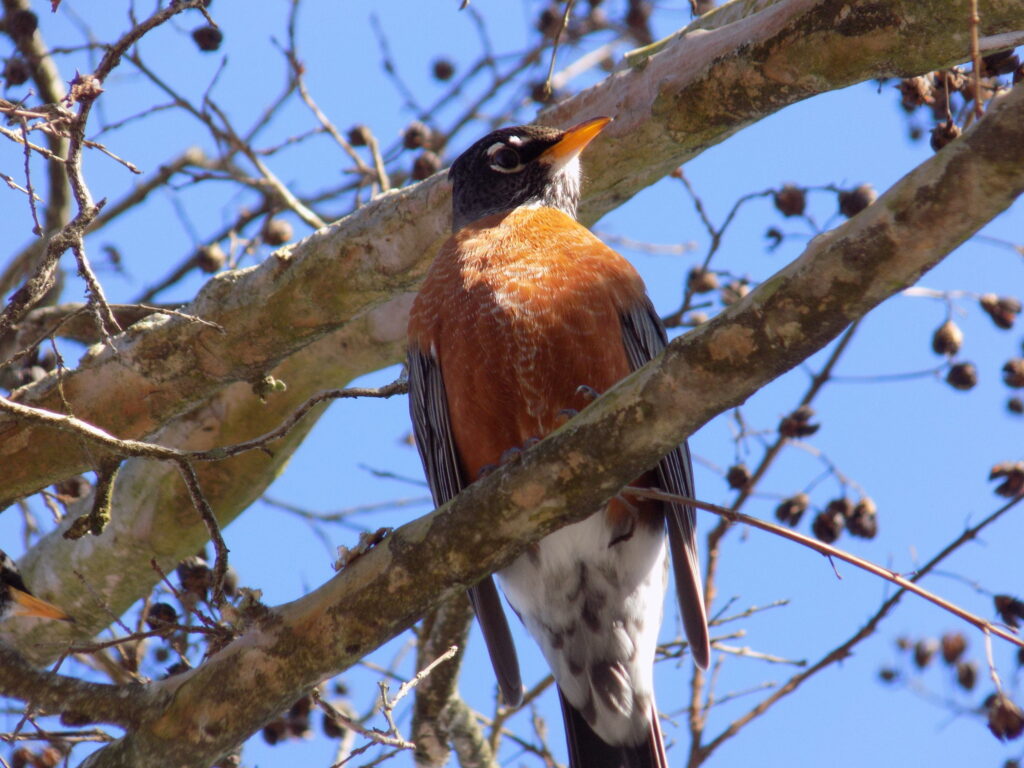
The American Robin is our largest Thrush and a permanent resident in some places, but mostly a winter visitor. They’re visitors of lawns, wetlands, and forest alike where they feed on insects and berries. Robins are easily identified by their rusty-red breast, black cap, and slate-gray back. Males are bolder in color and females a paler shade throughout.
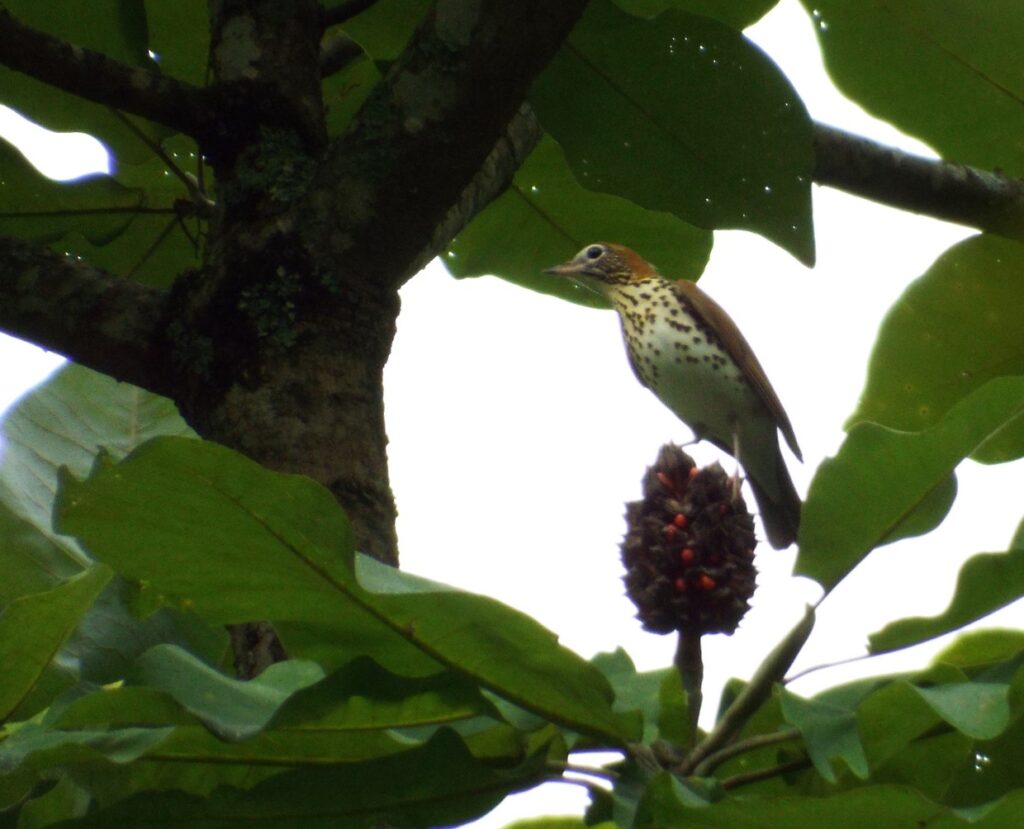
The Wood Thrush is a summer resident in SC but aren’t common on the coast. They’re found in moist hardwood forests, especially along rivers. Their stockier body and bold, black-spotted breast sets them apart from our 5 Catharus Thrushes.
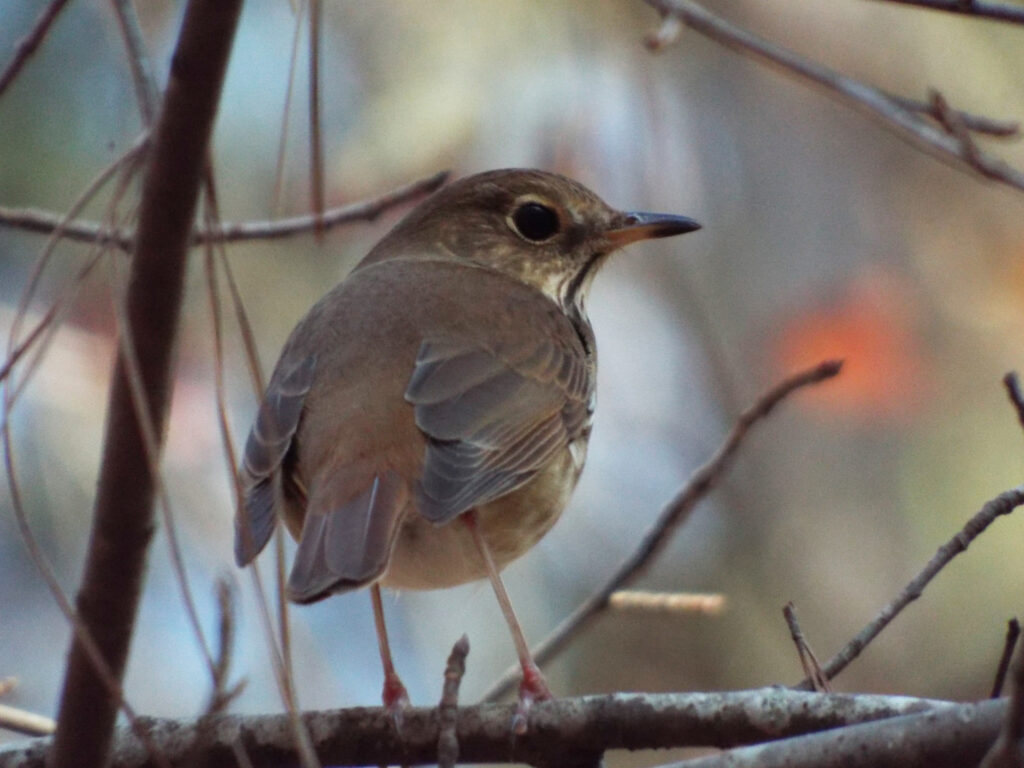
The Hermit Thrush is a regular and common winter resident of SC. You can find them in hardwood and mixed forests across the state. Their rusty rump and “tail pump” sets them apart from other members of Catharus.

The Swainson’s Thrush is a passage migrant found in woodlands. It has a flat brown plumage similar to a Hermit Thrush but lacks the rusty rump. It also has a golden wash to its cheeks.
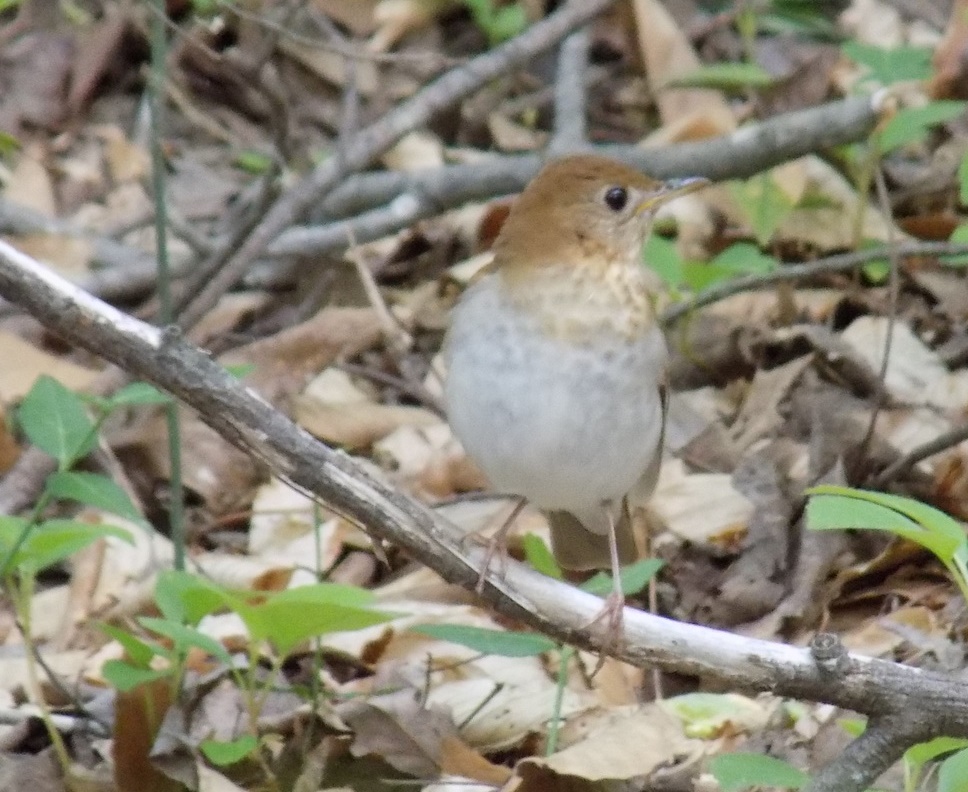
The Veery is a passage migrant found in woodlands. It has an orange-brown back and faintly marked breast that make it easy to pick out from other Thrushes.
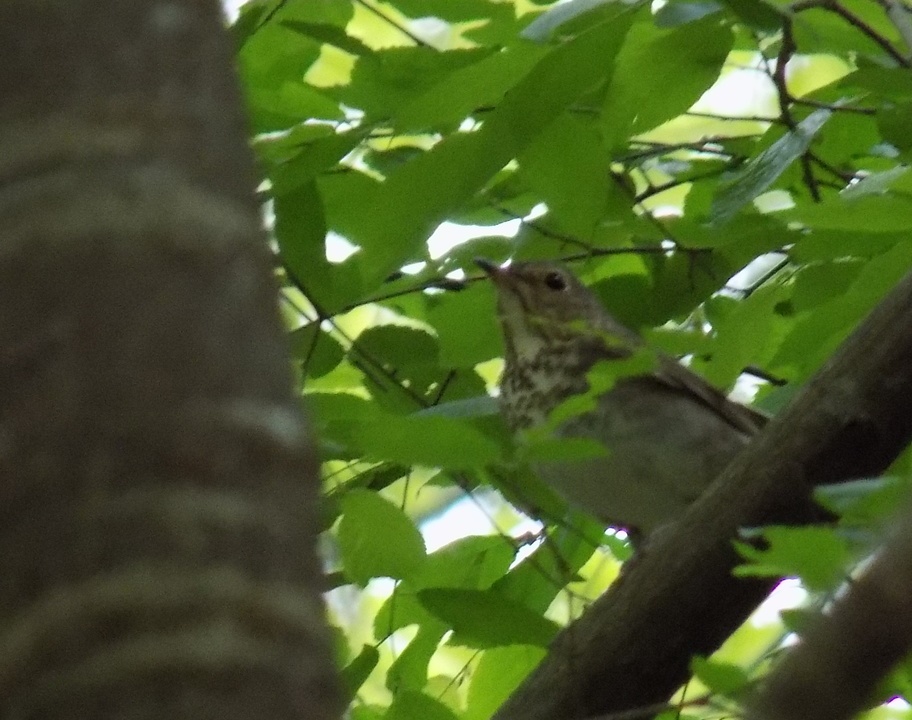
The Gray-cheeked Thrush is a passage migrant found in woodlands. Its plumage is a drab grayish brown that can make it tricky to identify. This species and the Bicknell’s Thrush used to be considered one species but are now separated. The Bicknell’s Thrush is a threatened species and VERY rare passage migrant that is nearly indistinguishable from the Gray-cheeked Thrush except by song.